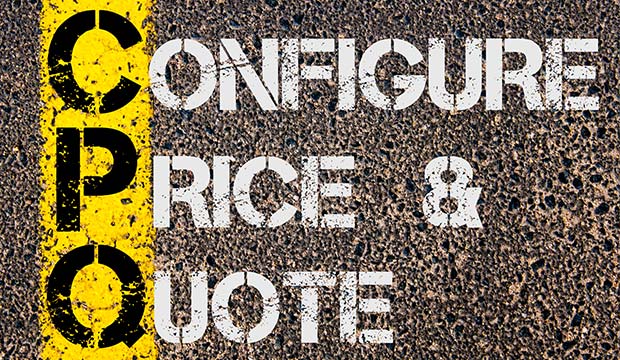Virtually every CPQ — configuration, price and quote — software vendor on the planet has a credible solution for the processes from which the category gets its name. That’s the good news.
Unfortunately, the world has moved on.
Most CPQ is effective for helping promote transactions, especially the sales transaction, in which a buyer or buying entity makes a one-time purchase of a bill of goods. Typically, it’s so many from column A, a different number from column B, and something different from column C. It might be an annual order, but you can bet that last year’s and next year’s manifests won’t look identical.
CPQ is very useful when the vendor is in a competitive environment and the customer needs to iterate on the order. (Do we really need so many from column A?) The vendor wants to be as responsive as possible to drive the deal to close, especially because experience shows that the first vendor with a revised or corrected quote often wins the business.
The Rise of Complexity
What’s changing in the world of CPQ is that customers today are in need of more than a single transaction. The rise of subscriptions has meant that things change all the time now, or at least more frequently than they did a short time ago, so the business processes that CPQ needs to support are far more numerous than what supported the transaction.
As subscriptions rise, the vendor needs many more things from a CPQ system or whatever you call the software that oversees contracts, incentives, renewals, e-commerce and more.
If you’re selling through an indirect channel, your CPQ system might need to expose a partner relationship management channel.
Likewise, while you might have a billing system tied to your ERP and financials, so your CPQ system is going to need at least lookup capability into orders and bills.
Finally, your ability to be with customers in their moments of truth anytime and anywhere means you’ll need an e-commerce component and a mobility capability that your salespeople can use — and, soon, the same functionality for customers who’d rather just do it themselves.
Automation Sets the Stage
Does your company need all of this in a CPQ system today? Probably not, but the writing is on the wall. As selling becomes more automated, it will be increasingly important for vendors to have access to a broad solution set that goes well beyond what was adequate a few years ago — something for what’s needed down the road.
As the Internet of Things comes into its own, we know that there will be machines communicating with machines — we’re already comfortable with the idea that sensors will report to other machines or even people that something needs attention.
Take this a little further and you’ll see that algorithmically driven business processes will take over some of the purchasing responsibilities. At that point, having a CPQ system that can work through channels with other systems to identify needs and keep transactions within contractually agreed guidelines will be essential.
Not Too Late
As good as today’s CPQ might be, there’s already room for improvement, and that should inform anyone in the market for CPQ. For the vast numbers of businesses that don’t yet have and use CPQ but that need it (not everyone does), there’s good and not-so-good news.
The not-so-good news is that it’s getting late, and you’ll fall behind if you’re using a combination of spreadsheets and Word to generate quotes — especially if they need an extra day for approvals. The good news is that there are credible products on the market to automate and take the friction out of much that is manual right now.
Even better, getting started now with a clearer idea of where all that is heading means you can evaluate the players in the context of those future needs and make one decision that should stand the test of time.
























































